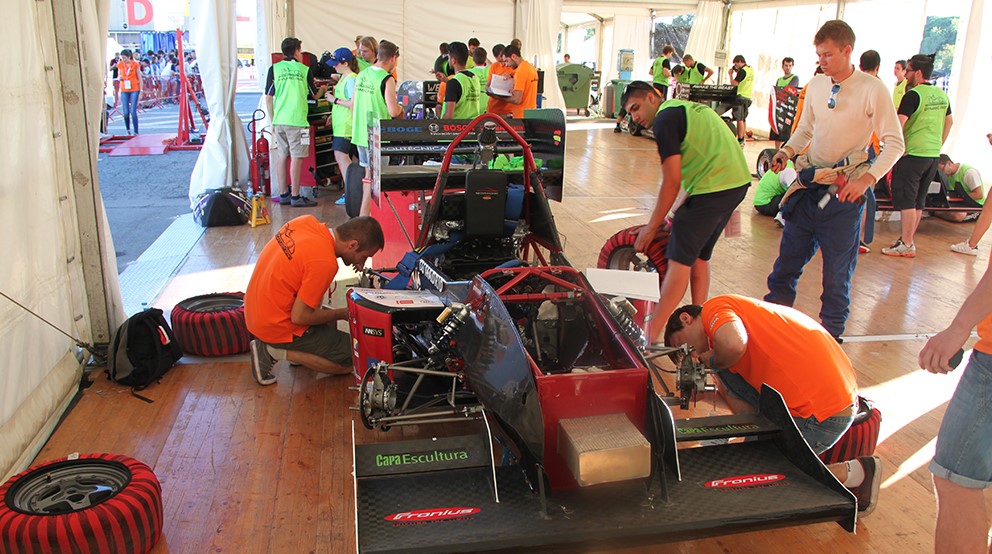SHARE
2 Solutions for Craft Manufacturing of Carbon Fiber Tubes
UPM Racing is an INSIA-UPM engineering students’ project. Every year, they design and manufacture two formula student vehicles (an electric one and an internal combustion engine one).
A few months ago, they competed in Montmeló, Barcelona and unfortunately did not win. However, they could finally test the magnificent racing car the team had been building in a real-life Formula SAE competition.
It is a student competition between universities with strict standards. Therefore, the production of formula student vehicles,with low economic resources, requires a high level of imagination and implication from the students when designing and producing each part. UPM Racing was looking for a reliable, simple and cheap system for the craft manufacturing of epoxy carbon fiber tubes, using the wet lay-up technique. One of the challenges that have been closed recently at ennomotive is the Craft Manufacturing of Carbon Fiber Tubes. Several members of the engineering community have submitted their proposed solutions and here we can see two of the best ones:@BoschEspana#FSS16 Prueba de aceleración de @UPMRacing. ¡¡¡Sonido racing!!! pic.twitter.com/SBwlQFtlO2
— Ricardo Olalla (@olallaric) August 27, 2016
- First Solution (this is the easy way, there is another submission with the pro solution)
